Imagine a plant that snaps shut like a hungry animal, trapping its prey with lightning speed. It sounds like something straight out of a science fiction movie, but the Venus flytrap is very real—and it’s been baffling scientists and nature lovers alike for centuries. Is it possible that a plant could think, feel, or even have something like a nervous system? The Venus flytrap’s bizarre behavior forces us to question everything we think we know about plants and their inner worlds. What secrets does this green predator hold, and could it change our understanding of life itself?
The Astonishing World of the Venus Flytrap
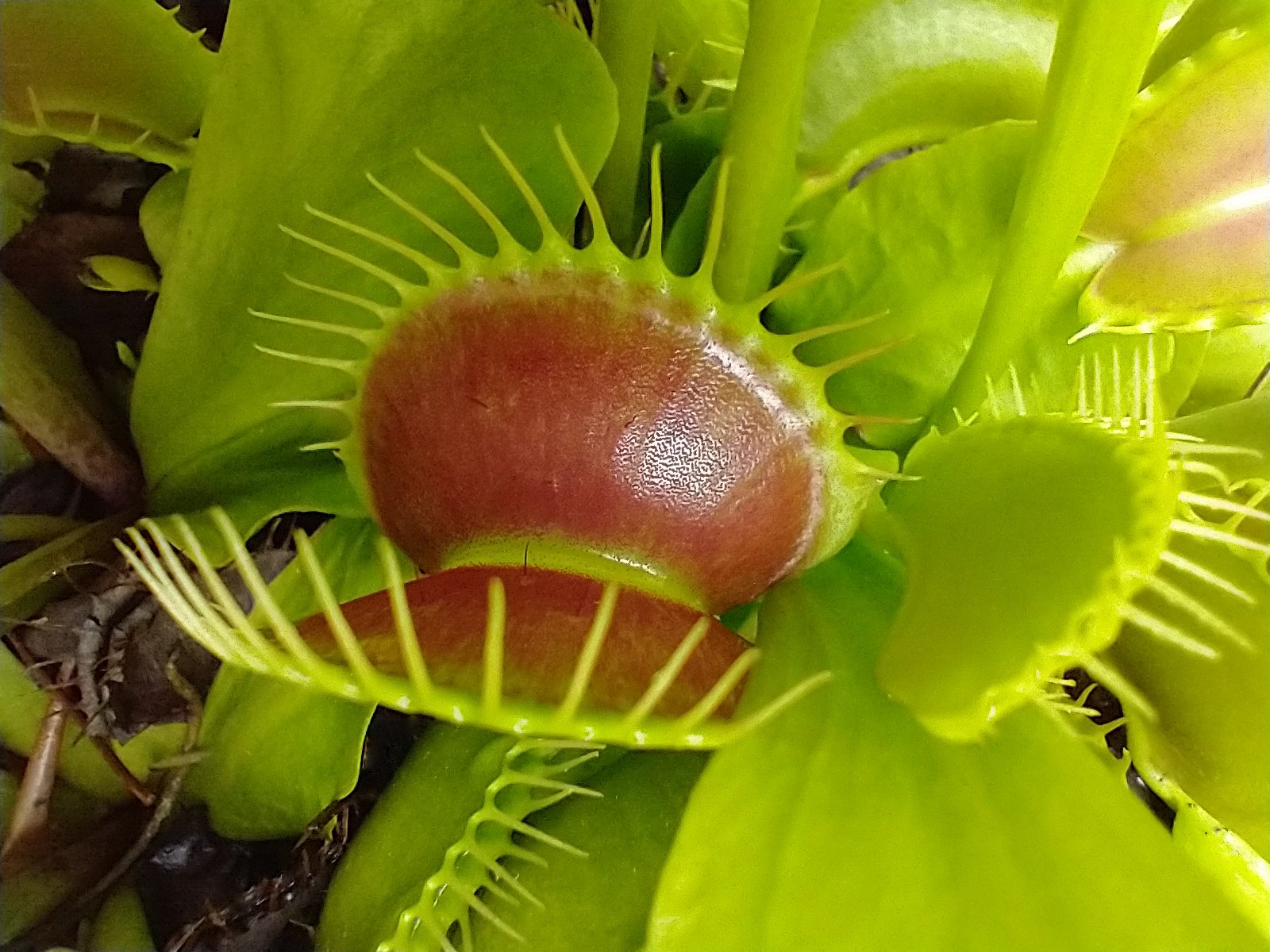
The Venus flytrap, with its jagged, toothy leaves and swift movements, is one of nature’s most captivating oddities. Native to the wetlands of the Carolinas in the United States, this remarkable plant has evolved to thrive in nutrient-poor soils by turning to an unlikely food source—insects. Its reputation as a botanical predator is well deserved: the flytrap lures in unsuspecting bugs with sweet nectar, then snaps shut in a fraction of a second when its delicate trigger hairs are touched. Watching a Venus flytrap in action feels almost uncanny, as if the plant possesses a secret awareness that sets it apart from other flora.
What Is a Nervous System?
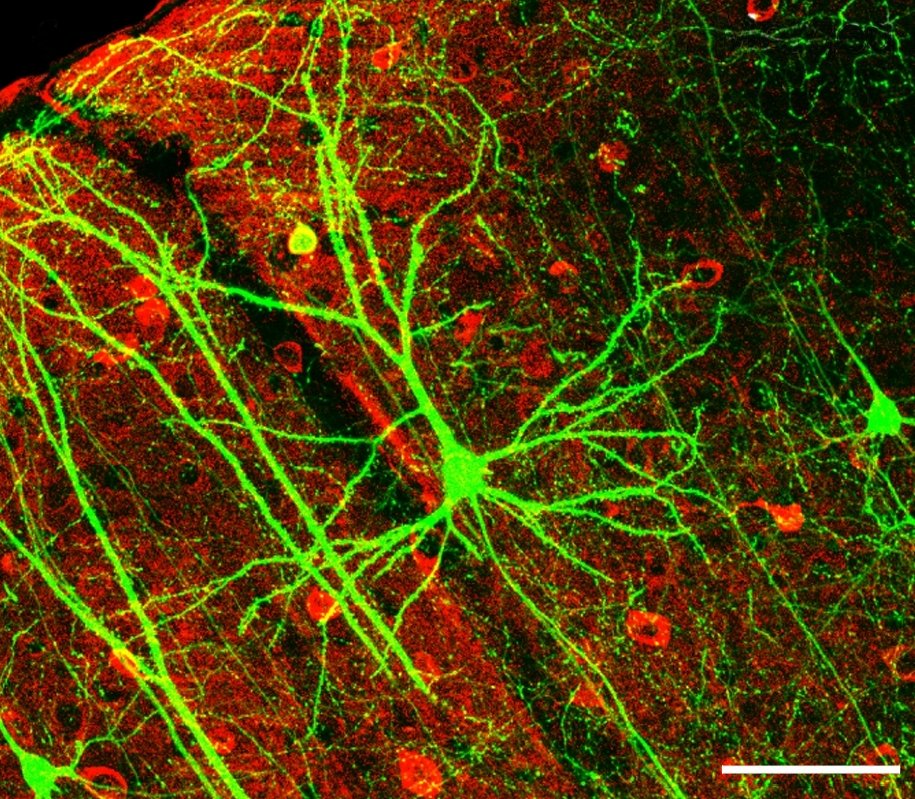
To understand the Venus flytrap’s curious behavior, it’s important to know what a nervous system is. In animals, the nervous system is a complex network of cells—primarily neurons—that transmit electrical and chemical signals throughout the body. This intricate system controls everything from movement to thought, sensation to emotion. In humans, it’s responsible for our ability to feel pain, remember a face, or pull our hand away from a hot stove. The nervous system is the foundation for consciousness and quick responses, which makes the Venus flytrap’s rapid movements all the more intriguing.
How Does the Venus Flytrap Sense Its Prey?
Unlike animals, the Venus flytrap doesn’t have nerves or a brain. Instead, its leaves are equipped with sensitive hairs called trigger hairs. When an insect brushes against these hairs twice within about 20 seconds, the plant springs into action. This double-touch rule helps the flytrap avoid wasting energy on false alarms, like raindrops or falling debris. The trap closes so quickly—within a tenth of a second—that it seems almost alive. This ability to sense and respond to touch raises the question: how does the Venus flytrap detect and react so fast without a nervous system?
Electrical Signals in Plants: Plant “Action Potentials”
Here’s where things get truly fascinating. The Venus flytrap relies on electrical signals, called action potentials, to transmit information within its leaves. In animals, action potentials travel along nerve cells; in plants, similar electrical impulses move through specialized cells in the leaves. When the trigger hairs are stimulated, they generate a tiny electrical current that spreads through the trap, prompting it to snap shut. These plant action potentials are not as fast as those in animals, but they are quick enough to enable the Venus flytrap’s signature movement. It’s as if the plant has its own version of nerves—different in structure, but remarkably similar in function.
Chemical Communication in Plants
Beyond electrical signals, plants use a sophisticated chemical signaling system to communicate both within themselves and with their environment. The Venus flytrap releases specific chemicals when it traps an insect, starting the digestion process and signaling the plant to stay closed until the prey is broken down. Hormones like jasmonic acid play a key role in this response, coordinating everything from enzyme production to leaf movement. This complex web of chemical communication is a powerful reminder that plants are far from passive creatures; instead, they actively sense and respond to their world in surprisingly dynamic ways.
The Flytrap’s Snap: A Marvel of Evolutionary Engineering
The mechanical action of the Venus flytrap’s snap is a feat of evolutionary ingenuity. The plant’s leaves are designed like a spring-loaded trap, storing tension as they sit open. When the trigger hairs are activated, the tension is suddenly released, and the leaves slam shut. This rapid movement is rare in the plant kingdom, where most changes happen slowly over hours or days. The Venus flytrap’s speed is crucial for capturing quick and elusive insects, giving it a unique edge in its challenging environment. This remarkable adaptation highlights the creativity of evolution in solving life’s puzzles.
Do Plants “Feel” Pain or Have Awareness?
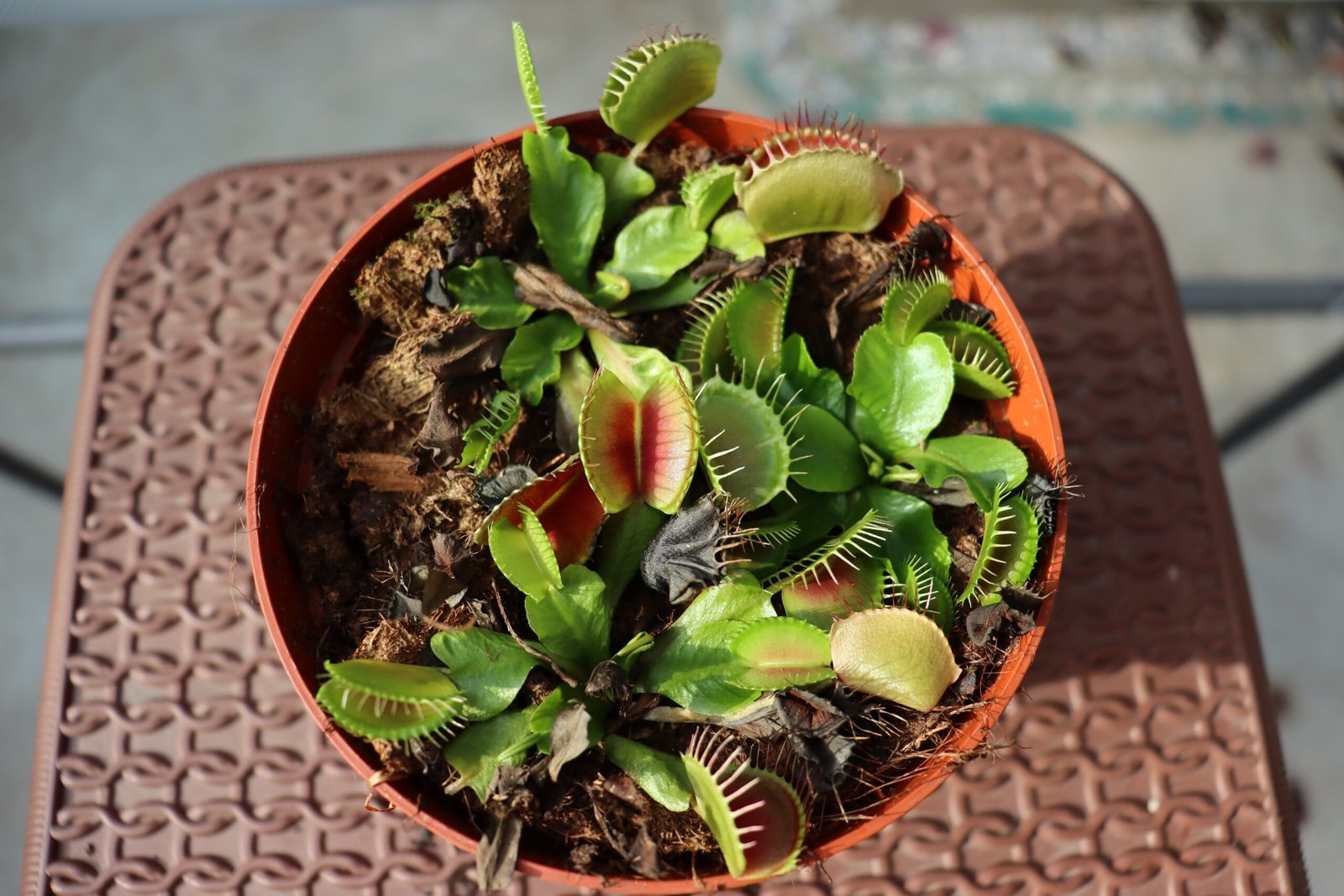
One of the most controversial questions surrounding the Venus flytrap is whether it can feel pain or possess any awareness. While the plant’s electrical and chemical signaling systems are surprisingly sophisticated, current scientific understanding suggests that plants do not have consciousness or emotions as we do. They can sense and respond to their environment, but they lack the brains and nerves required for subjective experience. Still, the flytrap’s behavior blurs the line between animal and plant, leaving us to wonder just how different we really are from the rest of nature.
Comparing the Venus Flytrap to Other Plants
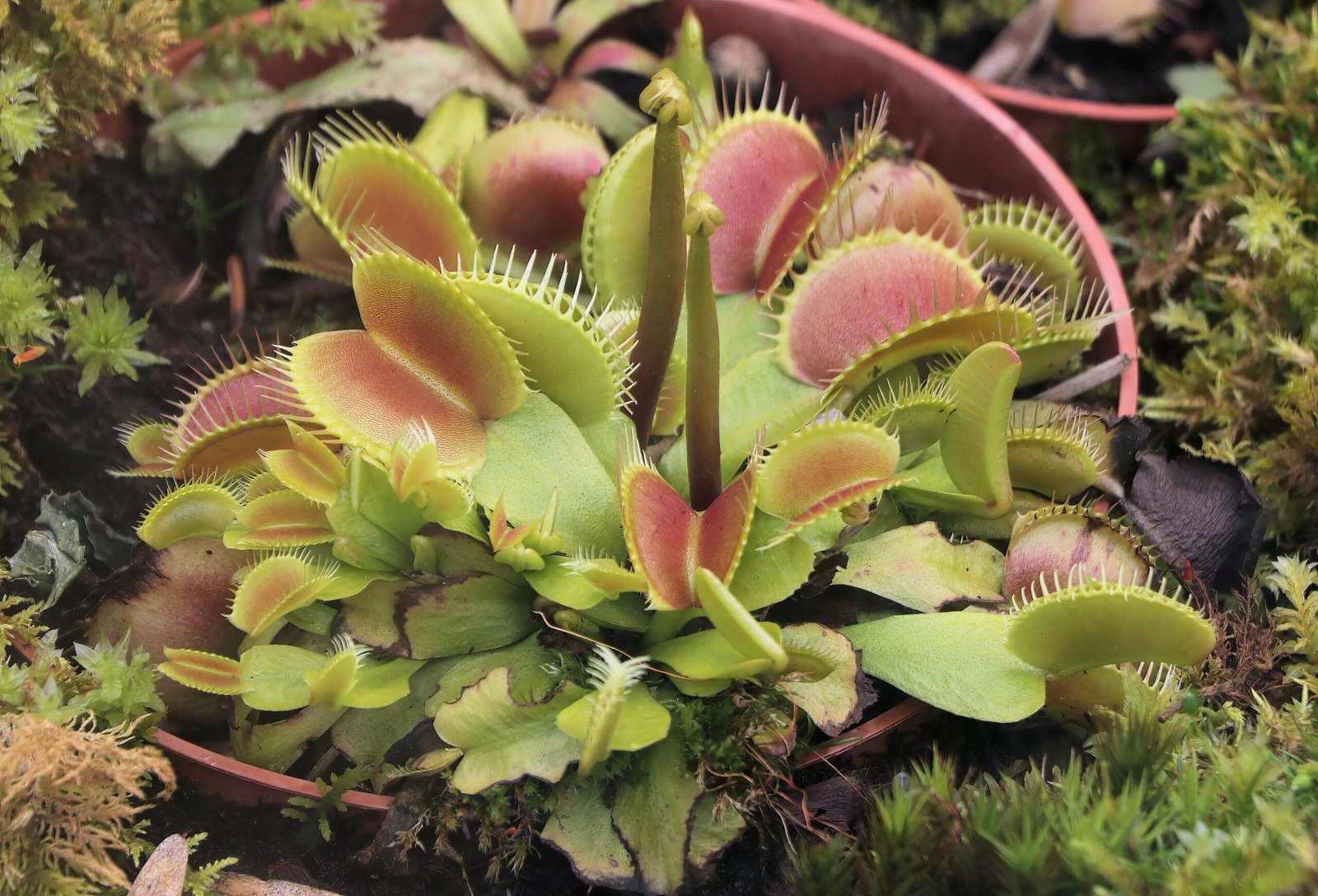
While the Venus flytrap is perhaps the most famous example, it’s not the only plant that moves in response to touch. The sensitive mimosa, for instance, folds its leaves when disturbed, and the sundew curls its sticky tentacles around trapped insects. However, the Venus flytrap’s rapid and dramatic snap is unmatched in the plant world. Its unique combination of electrical signaling, mechanical action, and predatory lifestyle sets it apart from its botanical cousins. This makes the flytrap not just a curiosity, but a valuable model for studying plant behavior and evolution.
The Role of Research in Unlocking Plant Mysteries

Researchers have spent decades probing the secrets of the Venus flytrap, using everything from high-speed cameras to advanced genetics. Recent breakthroughs have revealed the molecular machinery behind its electrical impulses and the genes that control its carnivorous habits. Scientists are also exploring how the flytrap’s mechanisms might inspire new technologies, such as soft robotics or bio-inspired sensors. Each discovery brings us closer to understanding the hidden lives of plants, challenging our preconceptions and opening up new possibilities for science and technology.
What the Venus Flytrap Teaches Us About Life
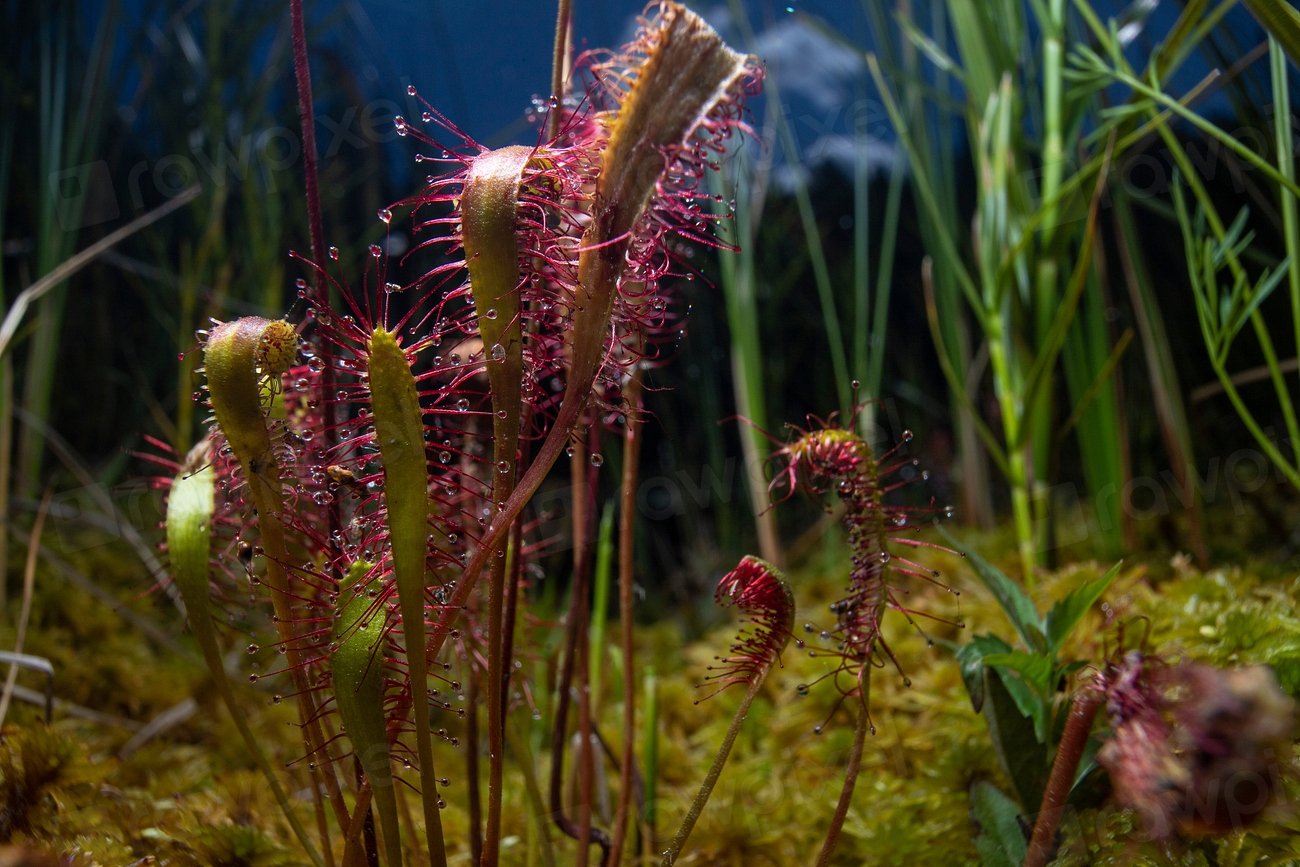
The story of the Venus flytrap is more than just a botanical oddity—it’s a window into the wonders of evolution and the complexity of life. Its abilities force us to rethink the boundaries between plants and animals, intelligence and instinct. By studying the flytrap, we gain fresh insights into how living things adapt, survive, and sometimes blur the lines we thought were clear. The Venus flytrap’s legacy is a reminder that the natural world is full of surprises, waiting to be uncovered by those who dare to look a little closer.
The Ongoing Quest to Understand Plant Intelligence
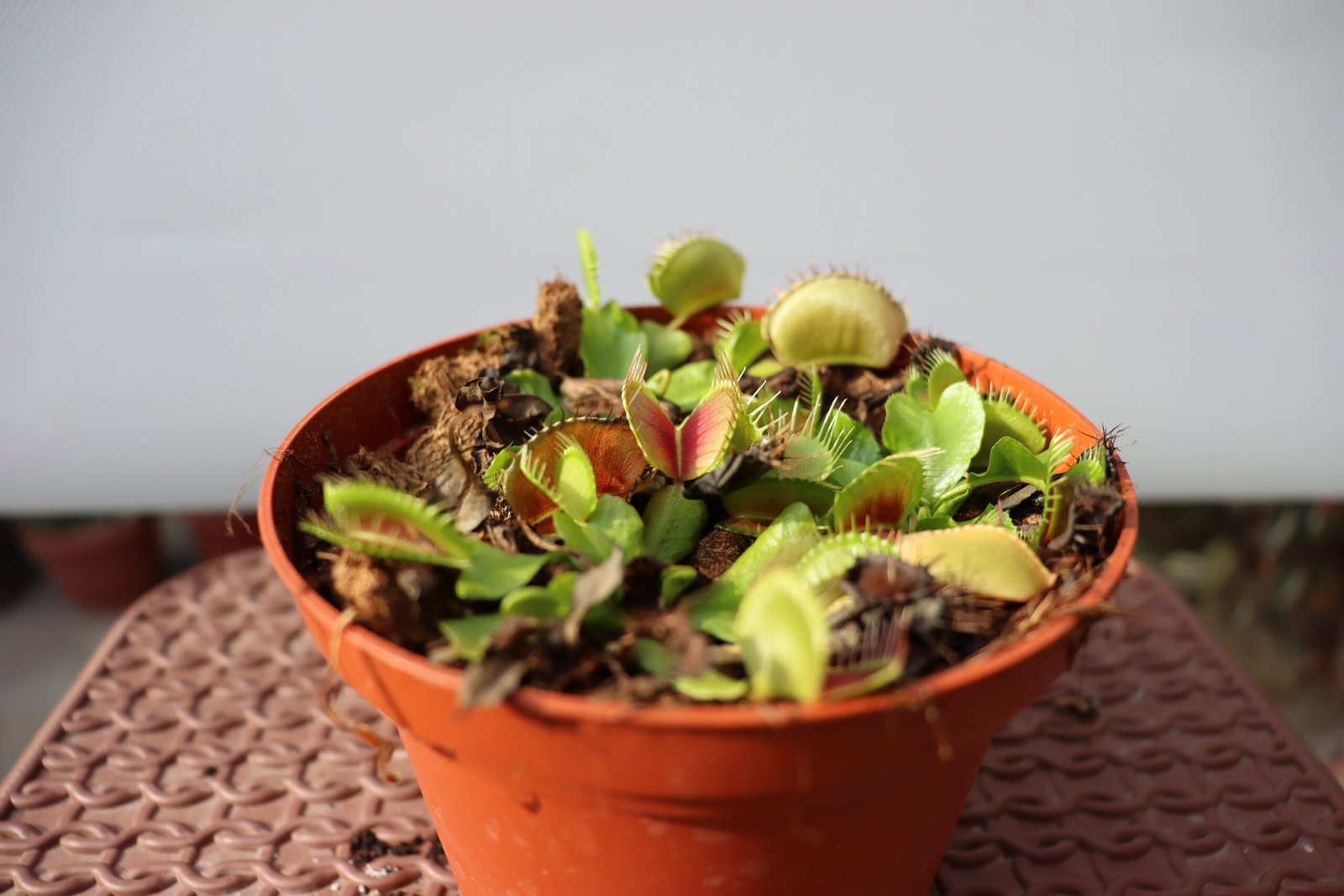
As research into plant behavior deepens, the Venus flytrap stands at the forefront of a growing movement to recognize plants as active participants in the web of life. Some scientists argue that plants possess a form of intelligence—a decentralized, distributed system that allows them to solve problems, learn from experience, and adapt to challenges. While this idea remains controversial, the flytrap’s remarkable feats invite us to keep an open mind. What other secrets might the plant kingdom be hiding, just beyond our current understanding?




